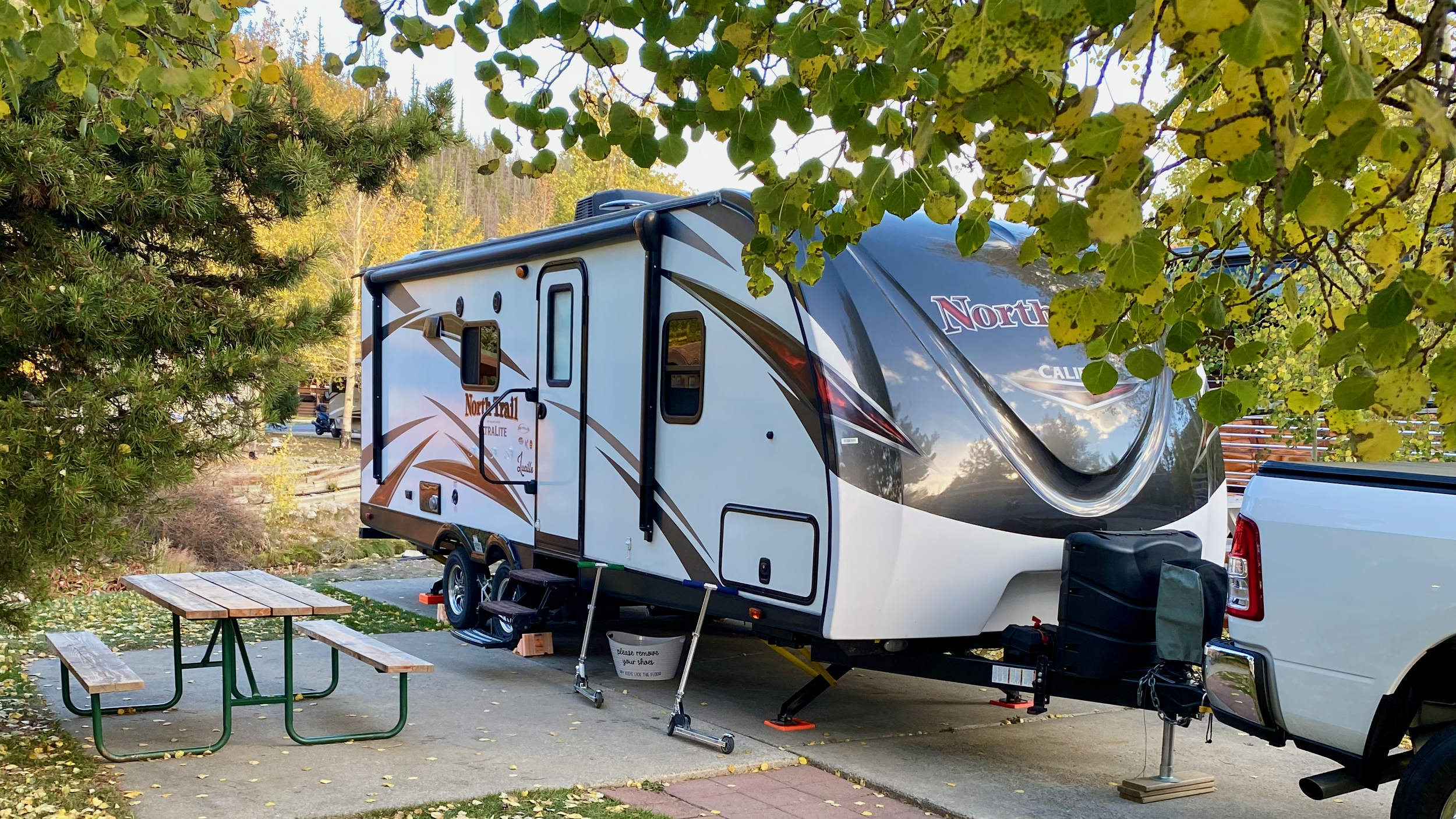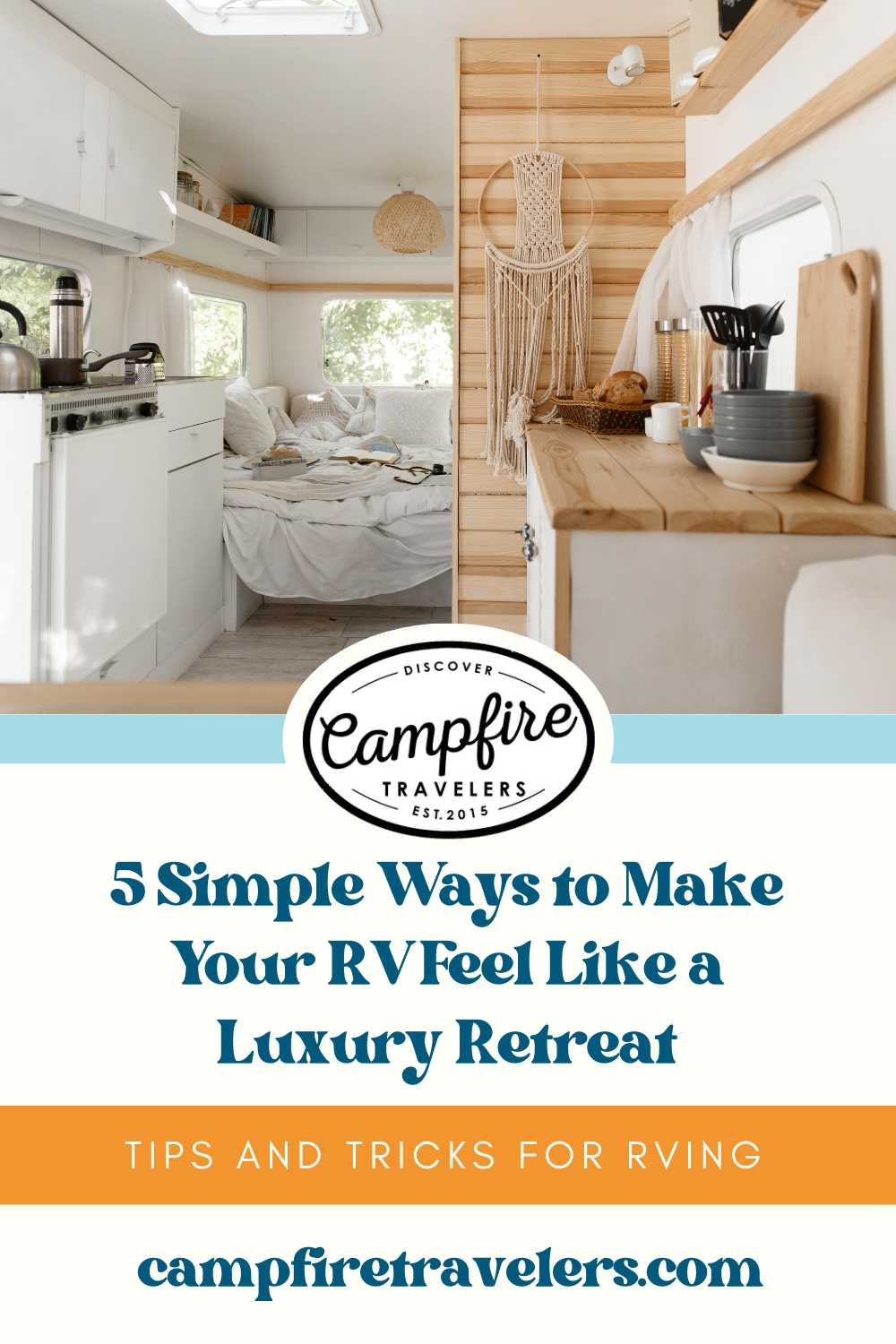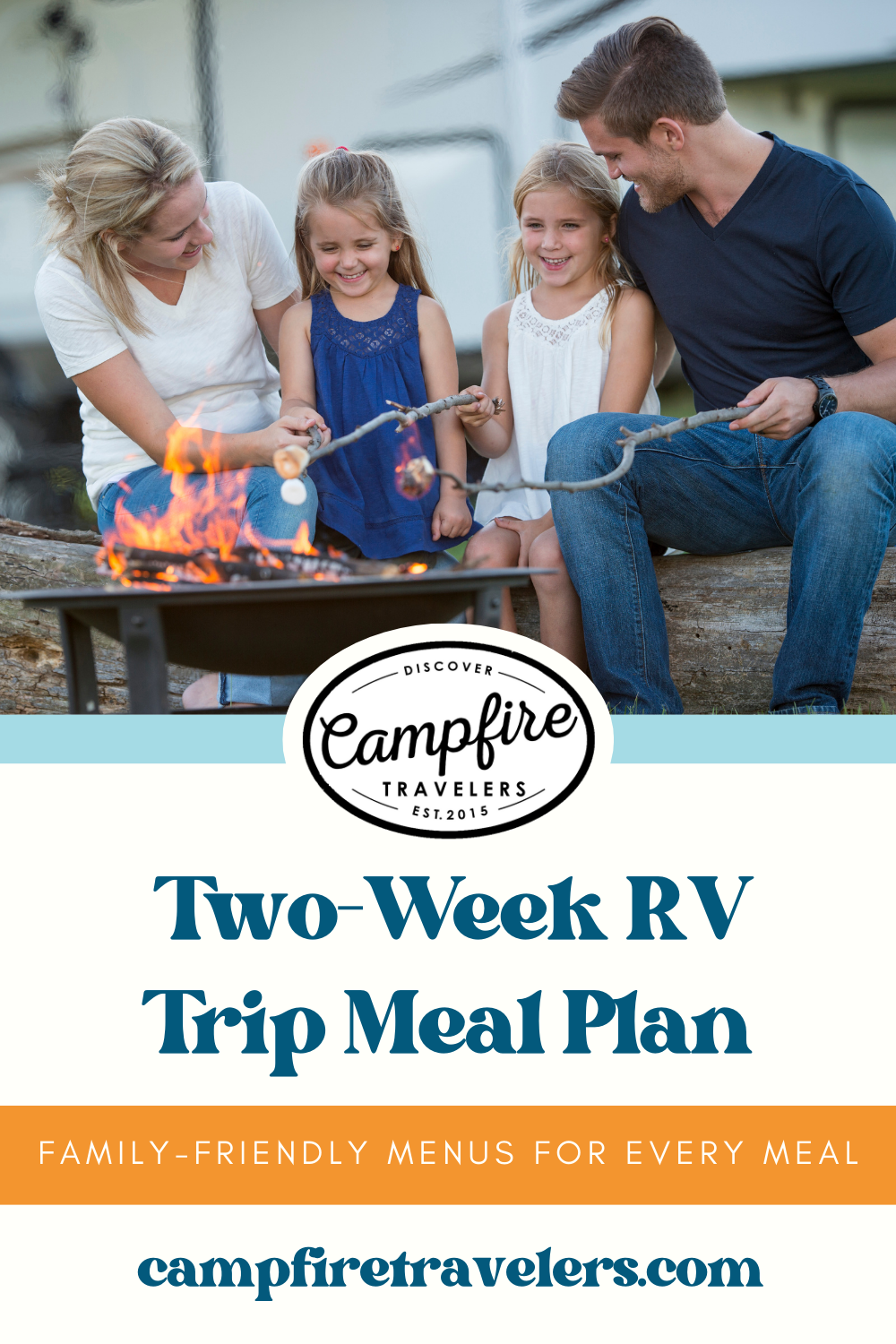How to Plan the Perfect RV Road Trip for Your Family: Tips and Tricks
Are you thinking about taking an RV road trip with your family? Planning the perfect RV trip can be a fun and exciting adventure for the whole family, but it can also be overwhelming if you're not sure where to start. Here are some tips and tricks to help you plan the perfect RV road trip for your family:
Choose Your Destination
Choosing your destination is still the first and most important step in planning your RV road trip, even if you already own an RV. There are countless places to visit and explore, from national parks to scenic drives to historical landmarks. Consider what interests you and your family, and research destinations that align with those interests. Make sure to also factor in travel time, the length of your trip, and the season, as some destinations may be better suited for certain times of the year.
Planning the perfect family RV trip destinations can be exciting, but it can also be overwhelming if you're not sure where to start. Here are some tips for choosing destinations that will keep your family entertained and engaged throughout your RV trip:
Consider Your Family's Interests: The first step in planning your RV trip destinations is to consider your family's interests. Ask everyone to share their must-see destinations or activities, and try to incorporate them into your itinerary.
Research National and State Parks: National and state parks are popular destinations for RV travelers, and for good reason. They offer a variety of outdoor activities, scenic landscapes, and opportunities to explore nature. Research the parks along your route and choose the ones that best fit your family's interests. Here are our favorite national parks for visiting by RV.
Look for Family-Friendly Attractions: In addition to parks, there are plenty of family-friendly attractions that can make for great RV trip destinations. Consider museums, zoos, amusement parks, and other attractions that appeal to everyone in your family.
Check for Seasonal Events: Check for seasonal events, festivals, or activities that may be happening along your route. These can add an extra element of fun and excitement to your trip and provide unique experiences for your family.
On the flip side, you may find an event you want to avoid - like the Sturgis Motorcycle Rally in South Dakota because this small area becomes overwhelmed with traffic and people. Not to mention being very loud if you have young kids that don’t appreciate the noise.
Balance Adventure and Relaxation: This is so essential!! When planning your RV trip destinations, make sure to balance adventure and relaxation. Include destinations that offer both high-energy activities and opportunities for rest and relaxation. This will help keep your family engaged and avoid burnout.
Think Outside the Box: Finally, don't be afraid to think outside the box when choosing destinations for your RV trip. Consider small towns, scenic routes, or other hidden gems that may not be as well-known but offer unique experiences and memories. We love traveling to small towns on our RV trips.
Plan Your Route
Once you have chosen your destination, it's time to plan your route. Take into consideration the distance, the roads you'll be traveling on, and any attractions or stops you want to make along the way. Use a map or GPS to help plan your route, and make sure to allow enough time for travel and exploration. Don’t forget, you may have more flexibility in your route planning, as you can potentially stay in more remote locations and off-the-beaten-path destinations.
Plan Your Campgrounds
As an RV owner, you're likely familiar with the process of booking campgrounds. Research and book campgrounds in advance, one year to six months if you can, especially during the peak travel season. Consider the amenities and location of the campground, and make sure it fits within your route and travel schedule. If you’re open to boondocking you may also have the option to stay in more remote or off-the-grid locations, such as public lands or dispersed camping areas.
Plan Your Itinerary
Once you've decided on your route, create an itinerary that outlines your daily activities and stops. Make sure to include enough time for rest and relaxation, as well as activities that appeal to everyone in the family.
Planning the perfect family RV trip itinerary can be a fun and exciting process, but it can also be challenging if you're not sure where to start. Here are some tips for planning an itinerary that will keep your family entertained and engaged throughout your RV trip:
Involve Your Family: Before you start planning your itinerary, involve your family in the decision-making process. Ask everyone to share their must-see destinations or activities and incorporate them into your itinerary. This will help ensure that everyone is excited and engaged throughout the trip.
Prioritize Your Destinations: Once you have a list of destinations, prioritize them based on your family's interests and available time. Consider factors like distance between stops, the length of each stop, and how much time you have to travel.
Plan Activities: Research and plan activities for each stop on your itinerary. This could include hiking, biking, swimming, visiting museums or historical sites, or simply enjoying the great outdoors. Make sure to choose activities that are appropriate for everyone in your family.
Be Realistic: When planning your itinerary, be realistic about how much you can see and do in a given time frame. Don't try to cram too many activities or destinations into one day, as this can lead to exhaustion and burnout.
Allow for Flexibility: Despite your best efforts, unexpected events can arise during your trip. Allow for some flexibility in your itinerary to accommodate unforeseen circumstances, such as traffic or weather delays.
Consider Travel Days: Don't forget to factor in travel days when planning your itinerary. Plan for stops along the way where you can rest and refuel, and consider taking breaks every few hours to stretch your legs and avoid fatigue.
Leave Room for Spontaneity: While it's important to have a plan, don't be afraid to leave room for spontaneity. Sometimes the best moments happen when you least expect them, so allow yourself some freedom to explore and discover new places along the way.
Looking for more advice from seasoned campers - this is how we plan our days when we’re RVing.
Pack Smart
Packing for an RV road trip can still be a challenge, even if you're familiar with the space limitations of your RV. Make a list of essentials, such as clothing, food, and toiletries, and pack only what you need. Consider also bringing items that will enhance your RV experience, such as outdoor games, comfy chairs, and a Blackstone or a grill. Owning an RV means you also have the advantage of packing more items that you wouldn't be able to fit in a car or plane - just don’t pack more than your RV can safely haul. Read more about tips for packing for an RV trip with kids!
Prep Your RV
When preparing to hit the road in your RV, there are several key areas to check to ensure that your vehicle is in good working condition:
Tires: Check the condition of your tires, including the tread depth and tire pressure. Look for any signs of wear or damage, such as cracks or bulges. Make sure that all tires are properly inflated and that the lug nuts are tightened to the manufacturer's specifications.
Brakes: Test the brakes to make sure they are working properly. This can be done by applying the brakes while driving slowly or by having a mechanic perform a brake inspection. Make sure that the brake fluid level is correct and that there are no leaks in the brake system.
Fluids: Check all fluid levels, including oil, transmission fluid, coolant, and brake fluid. Make sure that all fluids are at the correct levels and that there are no leaks. Whether it’s in your tow vehicle if you own a travel trailer or 5th wheel or in your Class A, B, or C RV.
Appliances and systems: Test all appliances and systems, including the refrigerator, stove, oven, microwave, air conditioning, heating, water heater, and electrical system. Make sure that everything is in working order and that there are no leaks or other issues.
Exterior: Inspect the exterior of your RV for any damage, such as cracks or holes in the body or roof. Check that all lights and signals are working properly, including turn signals, brake lights, and headlights.
By taking the time to check these key areas before hitting the road, you can help ensure a safe and enjoyable trip in your RV. Have you been keeping up on your RV's essential maintenance?
Stay Flexible
While it's important to have a plan, it's equally important to stay flexible during your RV road trip. Unexpected things can happen, such as weather, road closures, or vehicle issues, and it's important to be able to adapt to those changes. Allow extra time in your schedule, and have a backup plan in case of emergencies. A major perk of owning an RV means you may have the advantage of being able to make changes to your vacation to plan for adjustments as you go.
Planning the perfect RV road trip for your family as an RV owner requires careful consideration and preparation, but the rewards are well worth it. By choosing your destination, planning your route, packing smart, planning your campgrounds, and staying flexible, you can create an unforgettable experience that your family will treasure for years to come.
Happy travels!
Find more Family RVing inspiration in our other posts:
SAVE this for later!
SHARE this with a friend!



































